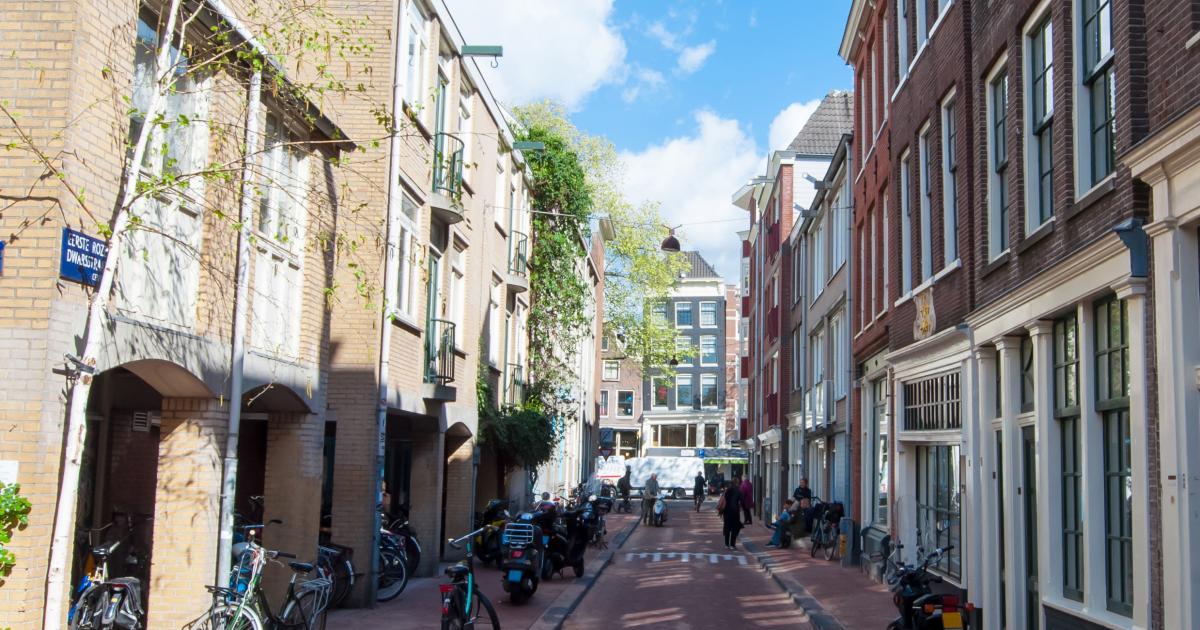Relocations and Segregation in Dutch Cities
Introduction
The study of ethnic segregation in urban areas has garnered significant attention from researchers across various disciplines. In the Netherlands, numerous studies have documented the shifting patterns of ethnic segregation in cities over the past few decades. However, an in-depth analysis of residential mobility, which could reveal the mechanisms driving these changes, has been relatively rare. This paper aims to fill this gap by examining household mobility against the backdrop of the current urban restructuring policy in the Netherlands. The policy involves the selective demolition of inexpensive rented housing and the construction of homeowner dwellings in its place, leading to changes in the social composition of neighborhoods. This paper explores how urban restructuring affects segregation patterns, with a particular focus on ethnic and socioeconomic variables.

Relocations and Segregation: Theoretical Framework
The concept of “Relocations and Segregation” is central to understanding the dynamics of urban restructuring and its impact on ethnic and socioeconomic segregation. Theoretical models, such as Schelling’s “micromotives and macrobehavior” model, suggest that individual preferences and decisions at the micro-level can lead to significant segregation patterns at the macro-level. Schelling’s model posits that even a slight preference for not being in a small local minority can trigger cascades of relocations, ultimately leading to strong segregation. This theoretical framework provides a foundation for analyzing how individual relocations contribute to broader patterns of segregation.
Urban Restructuring Policy and Its Implications
Urban restructuring policies in the Netherlands have been implemented to improve the quality of urban life and promote homeownership. These policies often involve the demolition of inexpensive rented housing and the construction of new homeowner dwellings. While these changes may appear to be aimed at improving living conditions, they can have unintended consequences on the social composition of neighborhoods. The selective demolition of rented housing can displace low-income households, including ethnic minorities, who may not have the financial means to afford the new housing options. This displacement can lead to changes in the social make-up of neighborhoods, potentially exacerbating segregation patterns.
The Role of Ethnic and Socioeconomic Variables
Ethnic and socioeconomic variables play a crucial role in understanding the impact of urban restructuring on segregation. Studies have shown that immigrants and ethnic minorities often face unique challenges in accessing affordable housing and integrating into new neighborhoods. The concept of “ethnic colonies” or “parallel societies” suggests that immigrants may prefer to live in neighborhoods with a high concentration of co-ethnics, where they can access social support and maintain cultural ties. However, this preference can also contribute to segregation patterns, as it may limit the opportunities for interaction and integration with the broader population. Additionally, socioeconomic factors, such as income levels and housing affordability, can influence residential mobility and contribute to segregation. Low-income households may be more likely to relocate due to financial constraints, leading to further concentration of poverty in certain areas.
Residential Mobility and Segregation Patterns
Residential mobility is a key factor in understanding the dynamics of segregation. The decision to relocate is often influenced by a variety of factors, including family formation, educational opportunities, and neighborhood quality. Studies have shown that both native and migrant families tend to prioritize the quality of schools and neighborhoods when making relocation decisions. However, there may be differences in the evaluation of neighborhood characteristics between immigrants and natives. For example, immigrants may place a higher value on proximity to ethnic institutions and social networks. Despite these differences in evaluation, the actual relocation patterns may not necessarily result in increased segregation. In fact, the desire for better educational opportunities and improved living conditions may lead to similar relocation decisions among both groups.
The Impact of Urban Restructuring on Segregation
The impact of urban restructuring on segregation patterns is complex and multifaceted. While the policy of demolishing inexpensive rented housing and constructing homeowner dwellings may improve the physical quality of neighborhoods, it can also lead to the displacement of low-income households. This displacement can result in changes in the social composition of neighborhoods, potentially exacerbating segregation patterns. However, the relationship between urban restructuring and segregation is not straightforward. The decision to relocate is influenced by a variety of factors, including individual preferences, financial constraints, and the availability of housing options. Therefore, the impact of urban restructuring on segregation patterns may vary depending on the specific context and the interplay of these factors.
Conclusion
In conclusion, the study of “Relocations and Segregation” in the context of urban restructuring policies in the Netherlands highlights the complex dynamics of residential mobility and its impact on segregation patterns. While urban restructuring policies may have the unintended consequence of displacing low-income households and exacerbating segregation, the actual impact on segregation patterns depends on a variety of factors, including individual preferences, financial constraints, and the availability of housing options. Understanding these dynamics is crucial for developing policies that promote social integration and reduce segregation in urban areas.
